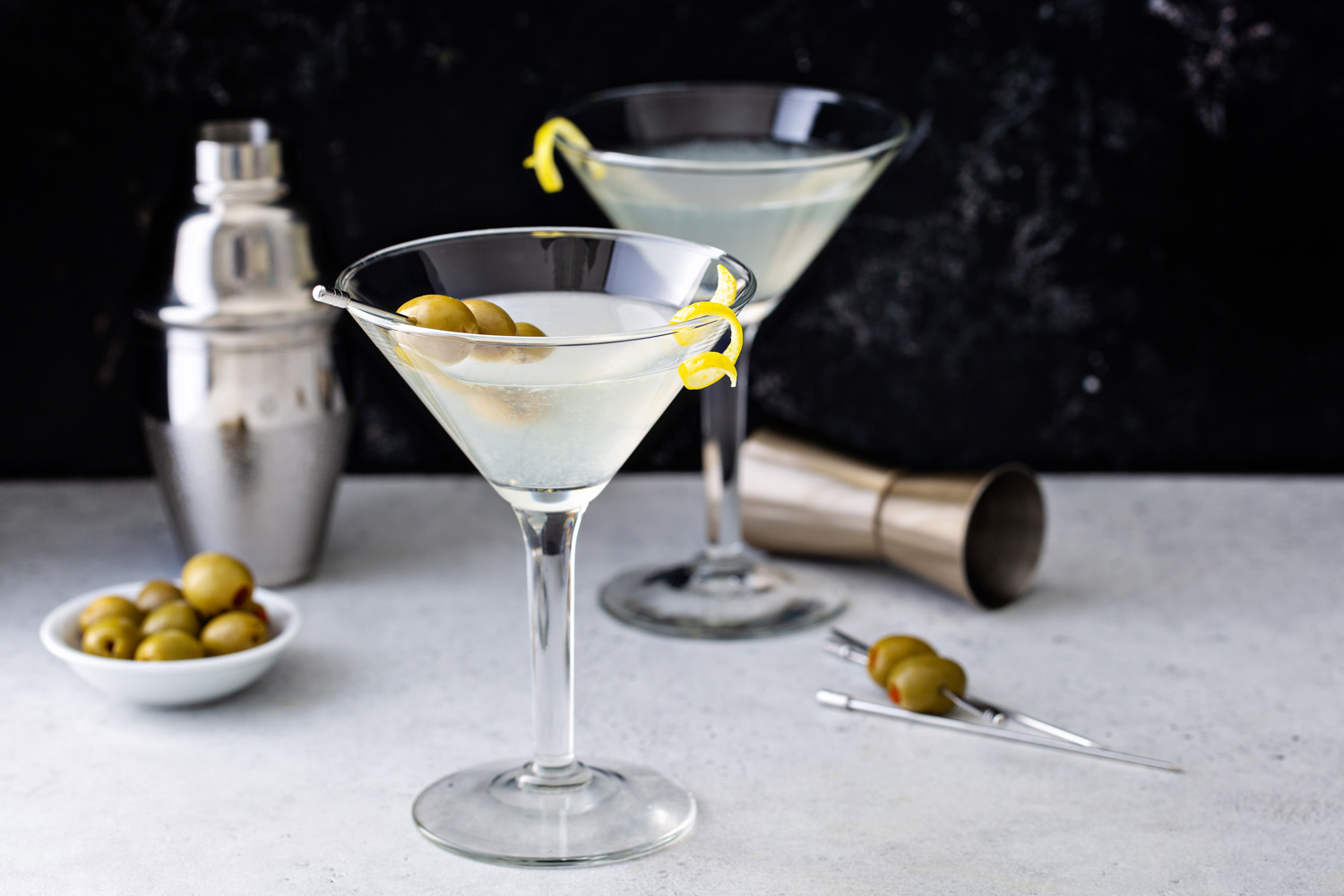How to Mix the Perfect Martini
Wondercade's bartender, is back to share his go-to recipe for the iconic cocktail
The martini: the ultimate classy drink. The be-all, end-all of glamorous imbibing.
Like many drinks with a short list of ingredients, I have developed a deep love for this glorious cocktail. It’s elegant to the eye, velvety and breathtaking on the palate, and excellent for establishing yourself as a connoisseur of fine cocktails.
Either gin or vodka are perfectly acceptable bases for a martini, and the brand you use is equally up to you. I tend to enjoy more citrus-forward gins, while I choose vodka based on the texture of the spirit. Then there’s the second of 2 ingredients: vermouth, which serves to tame the harshness of the base liquor. For martinis, you want to use dry vermouth. I deploy a 2:1 gin- or vodka-to-vermouth martini — that means 2 ounces of gin to 1 ounce of vermouth. Admittedly, this is a slightly “wetter” martini ratio than many bartenders serve, but it’s delicious! And while we’re on the topic, allow me to provide a cheat sheet for the key martini descriptors:
- Dry: This indicates that you’d prefer less vermouth than whatever the house recipe is (you’ll need to ask).
- Extra Dry: About half as much vermouth as added to a dry martini. A common misconception is that extra dry means no vermouth. There is, however, already a way to order that: “No vermouth.”
- Dirty: This means olive brine comes into play, either in lieu of, or in addition to, vermouth. That detail depends on you and your bartender.
And now for the topper…the garnish. The most popular classic martini garnishes are the lemon twist, or the cocktail olive. How the folks behind the bar treat these garnishes influences which I recommend choosing. Let me be specific…olives are typically decanted from their storage containers hours before a bar opens, as the team sets up for the evening. Often, they’re not decanted with brine, which dries them out, nor refrigerated, which brings them to room temperature. This can lead to a terribly bad cocktail olive — a dry, warm intruder on an otherwise brilliantly cold and perfectly balanced drink. (Pro tip: If you’re making a martini at home, I recommend Castelvetrano olives, which are meaty and flavorful. Make sure to keep them refrigerated and immersed in plenty of brine.) Thus, in my opinion, twists are safer, as even the saddest looking lemon twist doesn’t really detract from your drink in any way except aesthetically.
Finally…shaken or stirred? With apologies to 007, the answer is stirred. While some people like shaken martinis because there’s something lovely about crunching on tiny ice chips as you sip, once those chips melt, you run the risk of having an over-diluted drink. A stirred martini, on the other hand, is silky and smooth. So let’s make one!
Jonathan Lind's Classic Martini
Servings: 1
Copy Ingredients
Ingredients
INGREDIENTS
- 2 oz. gin or vodka of your choice
- 1 oz. dry vermouth
- 1 dash orange bitters (this addition is up to you, and only if you want to bump up the existing citrus notes of your spirit base)
- 1 lemon twist
Directions
Copy Directions
-
-
Add all the liquids into a stirring vessel. I highly recommend buying a proper stirring glass that can be found on a bevy of websites. They’re not super expensive, and they look great on your home bar. Pick up a bar spoon while you’re at it; they look silly, but they’ve maintained professional relevance for over a century with good reason.
-
Fill your stirring vessel with ice (to the top), and stir until properly diluted. (“Proper” dilution is a combination of your expertise and the type of ice you use. Beware any recipe that calls for a certain number of rotations of the spoon!)
-
Strain your martini into a chilled coupe, garnish with a lemon twist and enjoy one of the most deliciously civilized cocktails on the market! For my abstainers out there, there are de-alcoholized gins, vodkas and vermouths that you can substitute.
-
Safe sipping, and see you soon!




